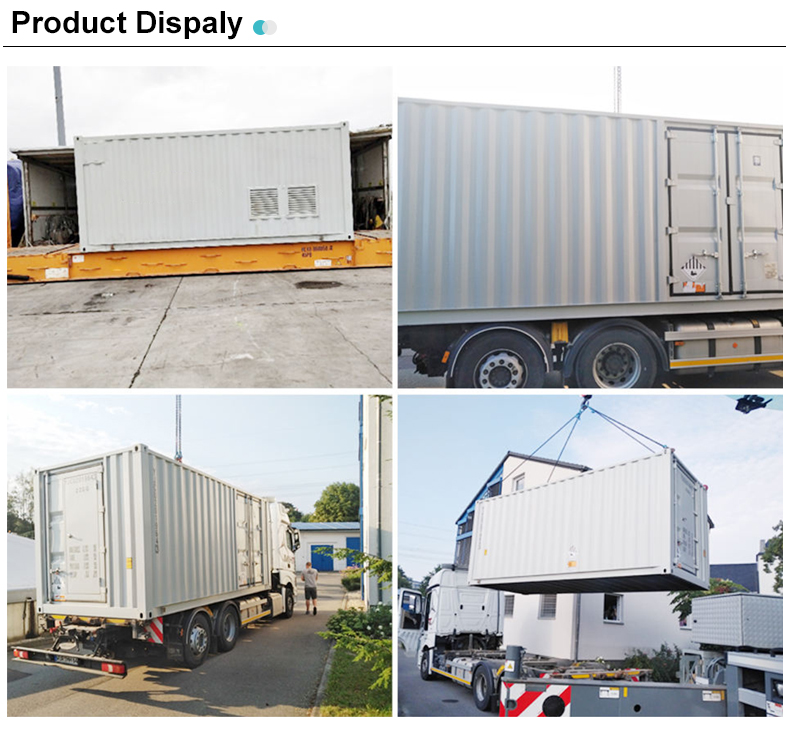In the quest for sustainable and renewable energy solutions, solar power systems provide both household and commercial entities with a reliable source of green energy. Solar power harnesses the sun’s energy, converting it into electricity to power everything from small homes to large commercial businesses. This transformation is facilitated through various types of solar systems, each tailored to meet specific needs and circumstances. Here, we delve into the two different solar power systems alongside a brief exploration of different solar panel installations.
What Is Grid-tied Solar System?

The Grid-tied solar system is the most prevalent form of solar power for commercial and home globally, connecting with the local utility grid. This configuration is particularly appealing for both residential and commercial setups, enabling them to produce their electricity via solar panels. One of the system’s key features is its ability to use the grid as a backup power source during periods when solar production is not sufficient to meet the property’s energy demands. This dual-functionality helps promote a more sustainable integration with existing power infrastructure.
Advantages of Grid-tied Solar System
1.One of the primary advantages of Grid-tied solar systems lies in their financial benefits. The concept of net metering allows property owners to feed excess generated electricity back into the grid, effectively reducing or even negating their electricity bills. This symbiotic relationship between solar producers and the utility grid creates a mutually beneficial scenario, encouraging more individuals and businesses to invest in solar technology.
2.By leveraging the sun’s renewable energy, Grid-tied systems play a role in reducing greenhouse gas emissions and dependency on fossil fuels. This transition to clean energy sources is crucial in combating climate change and promoting the environment. The adoption of solar power also aligns with global sustainability goals, pushing for a greener, more sustainable energy future.
3.Compared to their off-grid counterparts, Grid-tied solar systems require significantly fewer components, making them easier and less costly to maintain. The absence of batteries in a Grid-tied setup simplifies the system, reducing the need for regular upkeep and potential replacement parts. This simplicity ensures a longer lifespan for the core components and a more straightforward operation.
Grid-tied Solar System Components
Solar Panels: The heart of any solar power system, these panels capture sunlight and convert it into electrical energy. Modern panels are highly efficient and capable of generating significant amounts of power even on days with limited sunlight.
Inverter: This critical component transforms the DC electricity produced by the solar panels into AC electricity, which is the standard form used in homes and businesses. Inverters also monitor the system’s performance and ensure that the electricity generated is safe and compatible with the grid and home appliances.
Metering System: Essential for implementing net metering, this system tracks the amount of electricity exported to and imported from the grid. Advanced metering systems can provide detailed insights into a system’s performance, including real-time data on production and consumption, allowing for more informed energy management decisions.
Grid Interface: Facilitates the connection between the solar panel system and the utility grid, ensuring that the transition of power is smooth and compliant with local regulations and grid standards.
Mounting Hardware: Durable frames and supports that secure the solar panels either on the roof or on the ground. This hardware is designed to withstand environmental factors such as wind and snow, ensuring the panels remain optimally positioned for maximum sun exposure.
What Is an Off-Grid Solar System?

An Off-Grid solar system operates independently of the local utility grid, presenting an ideal solution for locations that lack reliable grid access. These systems are specifically designed to be self-sufficient, requiring careful planning and implementation to ensure they generate sufficient power throughout the year, especially during periods of low sunlight. This autonomy makes off-grid systems especially appealing for remote or rural areas where grid connection is either impossible or prohibitively expensive.
Advantages of Off-Grid Solar System
1.The foremost advantage of an off-grid solar system is the complete independence it offers from the utility grid. This off-grid solar system is particularly valuable in remote locations, providing a reliable and constant energy supply without the need for grid connectivity.
2.After the initial setup costs, the electricity generated by an off-grid system is entirely free. This translates to significant long-term savings and protection from rising energy prices for homeowners and businesses.
3.Utilizing the sun’s power, off-grid systems contribute positively to the environment by significantly reducing the reliance on fossil fuels and lowering carbon emissions. This clean, renewable source of energy aligns with global efforts to combat climate change and promotes sustainability.
Off-Grid Solar System Components
Solar Panels: These are the primary source of electricity generation in an off-grid system, capturing solar energy and converting it into electrical power.
Batteries: Essential for storing surplus electricity for use during times when solar production is low, such as at night or on cloudy days. Modern battery technologies offer high storage capacities and longevity.
Inverter: Converts the DC electricity stored in batteries into AC power, making it usable for standard home and business appliances.
Backup Generator: Often included in off-grid systems for additional reliability, especially during prolonged periods of insufficient sunlight.
Energy Management System (EMS): Monitors and optimizes energy production, consumption, and storage, ensuring the efficient use of resources. Integral to this system, the Charge Controller strengthens the EMS by managing the flow of electricity to and from the battery bank, preventing overcharging and significantly extending battery life.
